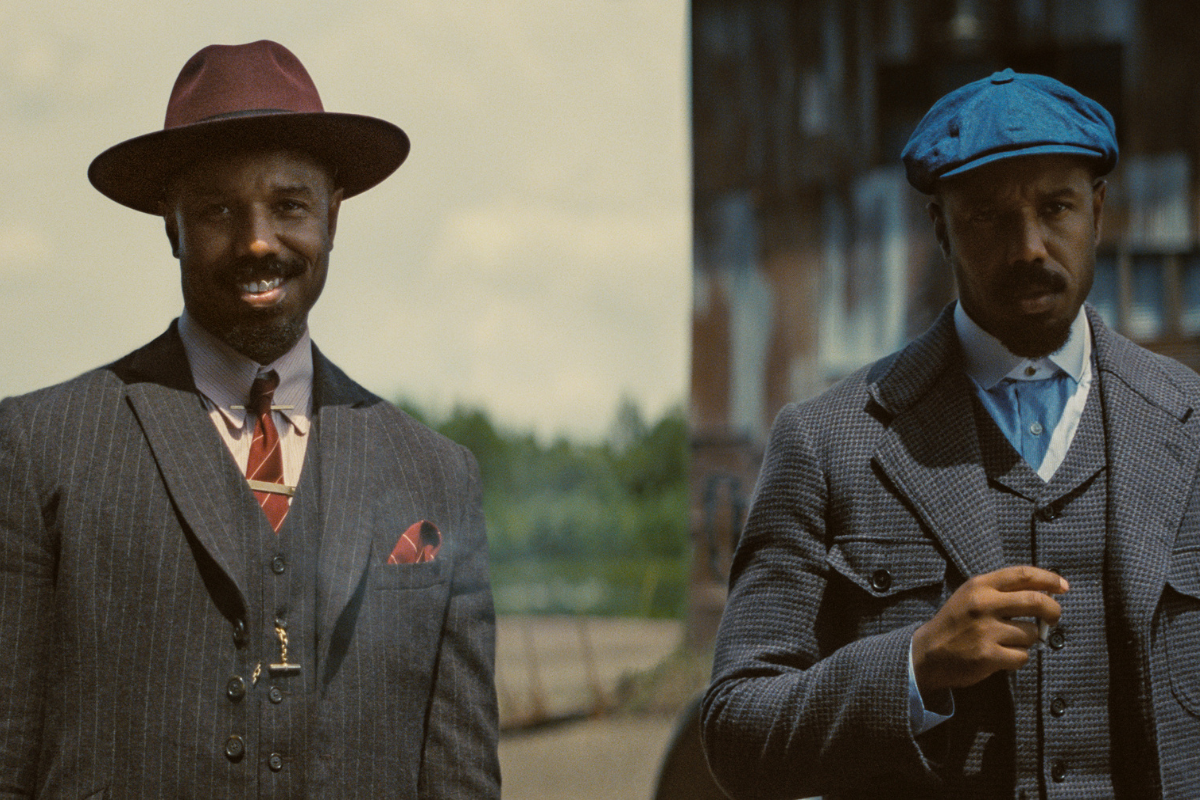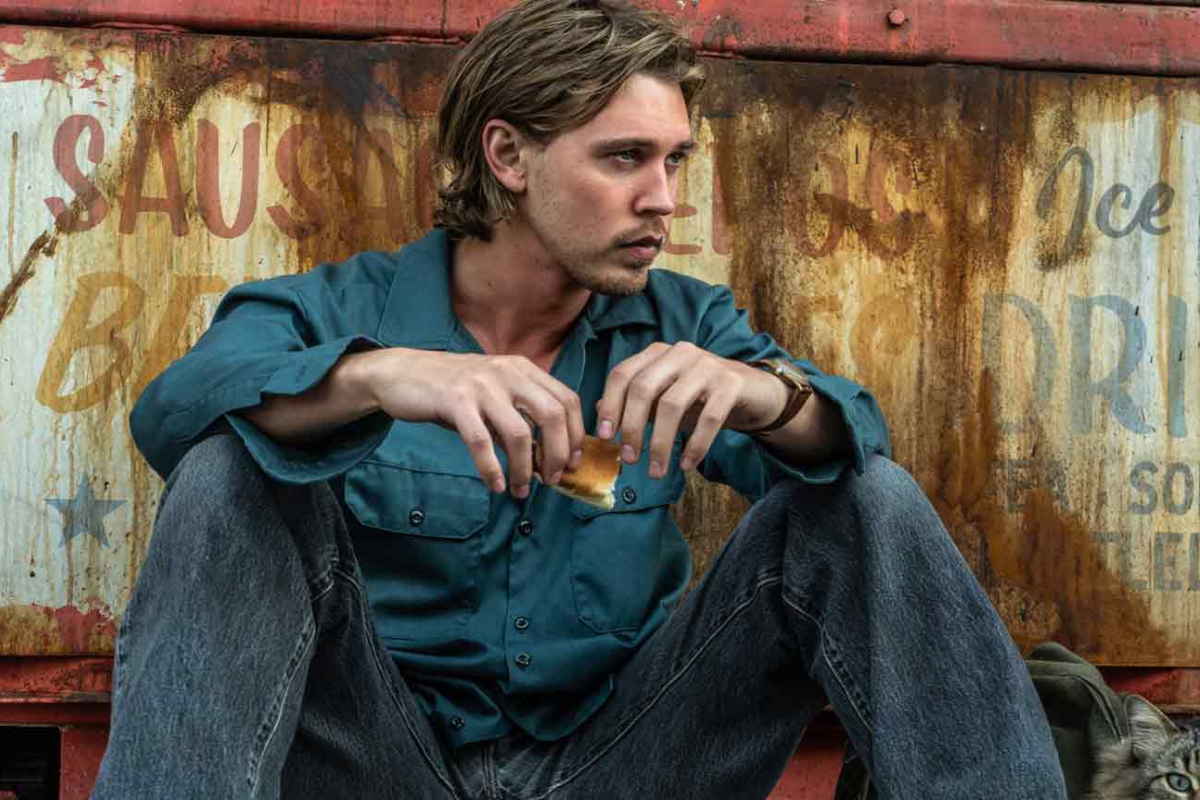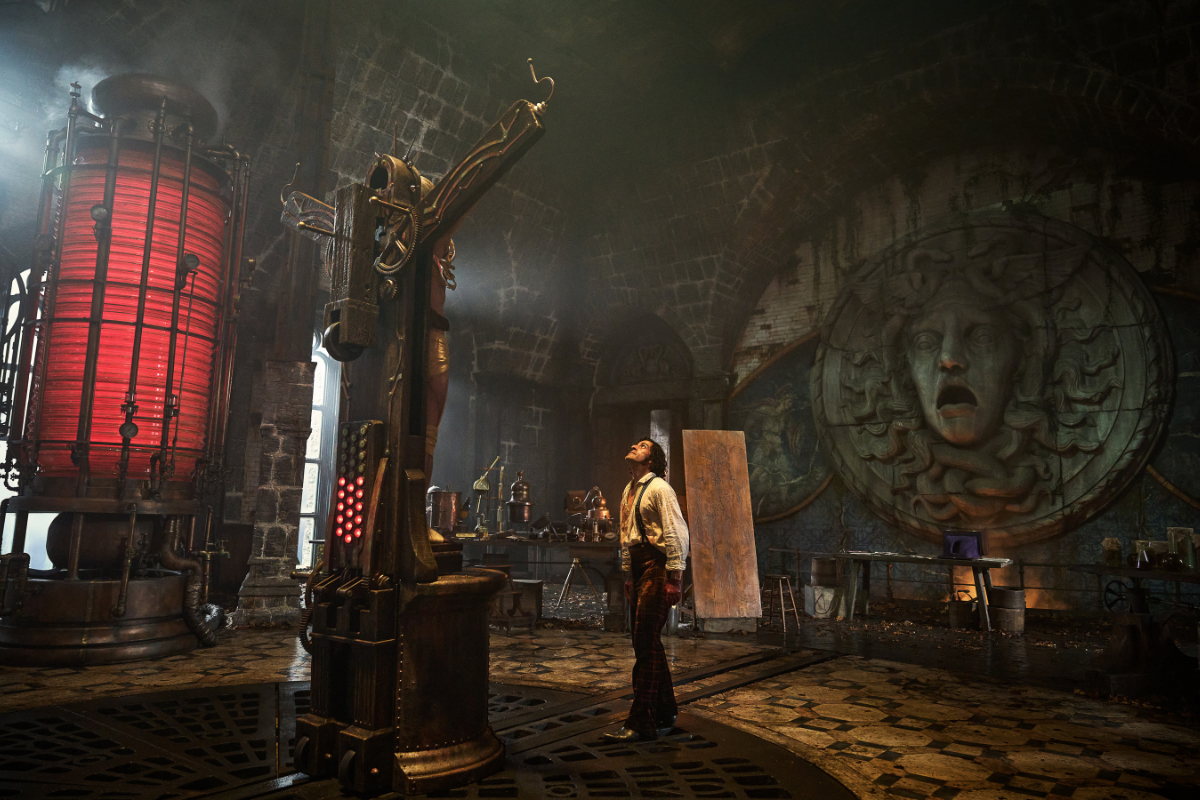Lessons From the Film: The Story Elements That Make Sinners Divine
Valerie Kalfrin discusses the keys to creating depth in the realm of horror films.
With Sinners, writer-director Ryan Coogler creates an inventive Southern Gothic vampire story pulsing with the Delta blues and Irish folk music. Yet beyond the bloodletting, the film serves audiences a multilayered tale to sink their teeth into featuring complex character relationships and a rich historical setting.
Horror is a popular genre for threading social commentary through scares, with notable examples like the pushback to women’s liberation in 1975’s The Stepford Wives (turning 40 this year) and the cultural appropriation and casual racism of 2017’s Get Out, which won writer-director Jordan Peele an Oscar for Best Original Screenplay.
While Sinners pays tribute to Coogler’s uncle, who adored blues music, and his Mississippi ancestry, it also uses the vampire—a longtime vessel for exploring political and cultural issues—as part of a larger message. It currently holds a 98 percent “Fresh” rating on RottenTomatoes.com, with critics praising Coogler’s “masterful visual storytelling” and “singular imagination.”
Let’s shine a light on elements that help Sinners sing. (Caution: Mild spoilers ahead.)
It Spends Time With Its Characters
Some horror films feel eager to get to line up who’ll die and how. Consider the upcoming Final Destination Bloodlines (a trailer that ran before my showing of Sinners), showing broken glass among the ice chunks at a backyard barbecue among other possibly gruesome events to come.
With Sinners, Coogler (Creed, Black Panther) establishes the characters first. The film of course teases what’s ahead in the opening moments as a shellshocked and bloody young man, Sammie (newcomer Miles Caton), parks a convertible outside a tiny church in 1932 Clarksdale, Mississippi. But then it shows the events of the previous day, starting when Sammie, a talented guitar player and singer, hops in the same car with his twin cousins, Smoke and Stack (both played by Coogler’s longtime collaborator Michael B. Jordan, Creed III), who’ve returned home to open a juke joint.
War vets, the twins have spent the last seven years in gangland Chicago but have ideas for a place “just for us,” a haven for sharecroppers’ families and other folks on the margins, like their friends, the Chinese grocers Bo (Yao, The Last Boat) and Grace (Li Jun Li, Babylon). While some stories with twins clearly delineate their personalities, Coogler treats Smoke and Stack as one fluid unit at first. They pass a cigarette back and forth, toss each other a knife, even describe themselves as one: the Smokestack brothers. Only as the day wears on, and we absorb more of Jordan’s performance, do we see how their beliefs and styles aren’t as neatly intertwined.
Among the others the film introduces before the sun sets and the terror begins are Delta Slim (Delroy Lindo, Unprisoned), a traumatized musician who plays where the booze takes him; Annie (Wunmi Mosaku, Loki), Smoke’s old flame and a respected herbalist; and Stack’s ex, Mary (Hailee Steinfeld, Dickinson), a multiracial woman who presents as white but identifies more with the Black community.
“She’s family,” Annie says of Mary. But Mary, like Stack, is also aware of how she can move through spaces others can’t, adding poignancy and peril to their relationship.
“By the time the movie flips the switch to unveil itself as a Southern Gothic, the audience has become invested in the journeys of its characters—even those of the immortal ones,” wrote The Atlantic.
It Draws on Atmospheric Details
Shot in IMAX, Sinners has vivid cinematography from Autumn Durald Arkapaw (The Last Showgirl), with rows upon rows of people picking cotton in the sun, ramshackle buildings under a rainbow sunset as birds circle overhead, and dim interiors made homey through warm light and soulful music. The isolated buildings and wide-open spaces suggest necessary self-reliance and precious ties among neighbors, if they can be trusted.
Yet even without the visuals, Coogler peppers the story with details that add tension, foreshadowing, and subtext. The building the twins purchase for the juke joint has a grimy floor that hints at a checkered past and a white seller (David Maldonado, Caddo Lake) who actually says with a straight face that the Klan isn’t around anymore. Annie’s customers and some at the juke joint pay with wooden coins or paper bills—plantation scrip, not U.S. currency—a common practice that doesn’t bode well for the brothers’ bottom line.
In the dialogue, Coogler gets a lot of mileage out of colloquialisms that carry added weight after Sammie’s bloodied appearance in the opening moments foretells the trouble ahead. Before Sammie sets out with the twins, for instance, his preacher father (Saul Williams, Blink Twice) rails about him bringing his guitar to church.
“You keep dancing with the devil, one day he’s gonna follow you home,” he warns Sammie.
Moments later, Smoke and Stack tell Sammie that Chicago, where folks back home heard they worked for Al Capone, isn’t all it’s cracked up to be.
“Chicago ain’t nothing but Mississippi with tall buildings,” Smoke says, implying the racism there. “That’s why we came home. Feel we might as well deal with the devil we know.”
As the night wears on, though, they’ll encounter people they know and love who might not be all they seem.
It Trusts the Audience to Follow the Theme
The trailers for Sinners, showing a white vampire named Remmick (Jack O’Connell, Rogue Heroes) and two musicians with him not being invited inside the juke joint, present an obvious metaphor of white people trying to co-opt Black music. But Coogler is thinking deeper than this.
The film presents money, or rather a quick fix, as a greater threat, with Smoke and Stack offering plenty of cash to the night’s helpers. Grace actually wonders if Smoke has brought trouble back into their lives, along with this sudden windfall. Smoke at first grumbles about Annie’s belief in the supernatural, saying the only power he’s seen is in money—something Remmick exploits. He offers money to be welcomed across thresholds, sticking to vampire lore about not entering places without an invitation.
Remmick, who plays Irish folk music, doesn’t seem to recognize racial divides, promising fellowship and equality to those who join him. But as one character notes, a vampire is cursed to lose the warmth of sunlight and their soul. Yielding to an easy, temporary gain, Coogler has said, can come “at an incomprehensible price.”
More enduring to the filmmaker is the power of art. Music can be temptation, as Sammie’s father fears, but it’s also a release and salvation. Coogler plants this idea in a brief prologue showing animation of musicians among ancient peoples in Ireland, the Choctaw, and in West Africa. Some are blessed with talents so powerful, they can bridge gaps across time, the prologue says.
“There’s also this metaphor for artistic sacrifice, for how an oppressive system can dehumanize people and how people experiencing that dehumanization can rage against it through art,” Coogler has said.
Sinners is now showing nationwide.
Valerie Kalfrin is an award-winning crime journalist turned essayist, film critic, screenwriter, script reader, and emerging script consultant. She writes for RogerEbert.com, In Their Own League, The Hollywood Reporter, The Script Lab, The Guardian, Film Racket, Bright Wall/Dark Room, ScreenCraft, and other outlets. A moderator of the Tampa-area writing group Screenwriters of Tomorrow, she’s available for story consultation, writing assignments, sensitivity reads, coverage, and collaboration. Find her at valeriekalfrin.com or on Twitter @valeriekalfrin.







